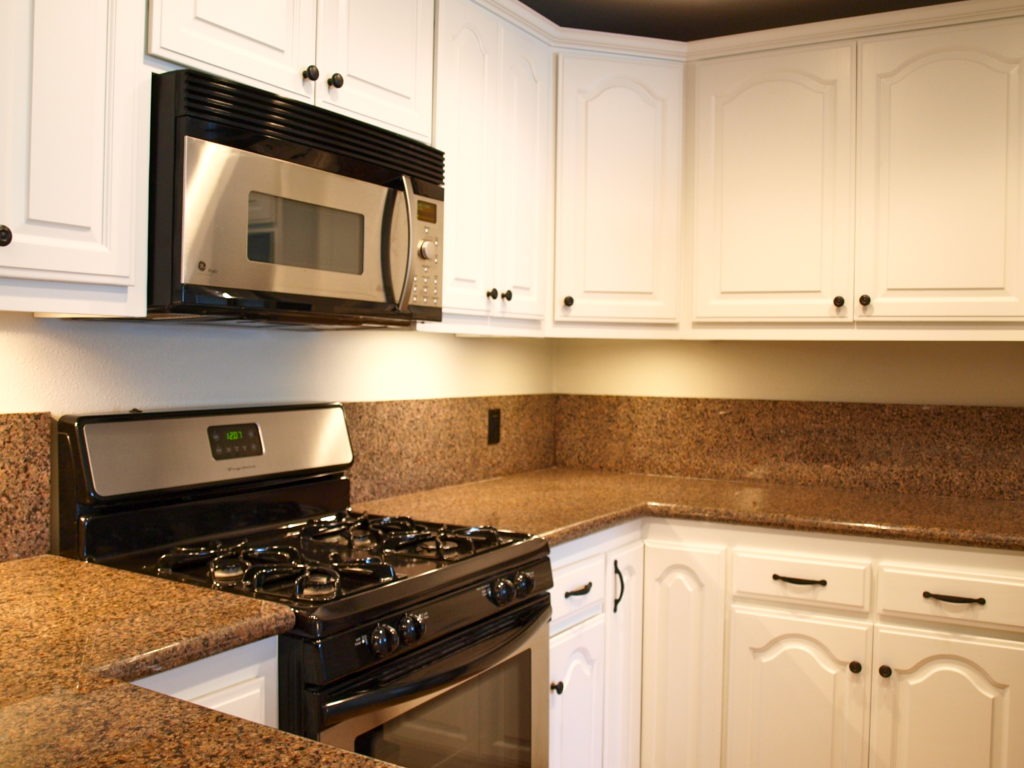
Over time, wooden kitchen cabinets become dull due to regular cleaning and polishing. With the proper tools and materials, restoring kitchen cabinets to their original beauty is a worthwhile DIY project that will have your cabinets looking almost as good as new.
YOU WILL NEED:
Soft cloth
Mineral turpentine
Rubber gloves
soft, lint-free cloths
Steel wool, fine
Oil or wax polish
HERE’S HOW:
Commercial polishes and waxes for home use leave residual layers on the surface of wood cabinets. This is good, as it provides protection for the wood. But as you apply more layers of protection you will notice that the wood becomes dull – hidden under opaque layers of wax polish. It is recommended that you give wood kitchen cabinets a restorative clean every few years, to strip away the excess polish and reveal the wood beneath.

Use mineral turpentine and a soft cloth and, working one small area at a time, wipe the surface of the wood. The mineral turpentine will help to soften the wax layers and make it easier to remove.

If your wood cabinets have never been stripped, you may find that removing old was polish is not easy. In this instance using a fine steel wool and mineral turpentine will help to remove stubborn layers. Pour mineral turpentine into a small container and dip the steel wool into this before rubbing with the grain on cabinet doors.
GOOD TO KNOW
A heat gun will also assist in removing thick layers of wax polish. Use a heat gun that has adjustable heat settings and have a test piece of wood handy to practice on before turning the heat onto your kitchen cabinets.
If using a heat gun, hold the gun at least 30 centimetres away from the surface and have the heat gun set at the lowest heat setting. A heat gun will quickly melt and cause the wax to evaporate, leaving behind a powdery residue that is easier to remove with a soft cloth or steel wool and mineral turpentine.
After removing built up layers of wax polish, take the time to fix up any scratches or dents in the wood. There are various wood-filling and wood-repair products on the market that can be used to repair scratched or dented cabinet doors. Use wood filler for small scratches and epoxy putty for larger scratches or dents. Follow the manufacturer’s recommendations for drying time and sanding.
GOOD TO KNOW
Both wood filler and epoxy putty do not accept a stain, so if you need to match these to the colour of your existing cabinetry, add a small amount of artist’s oil paint to tint before you apply.
Now that you have reveal the natural beauty of your wood kitchen cabinets, refinish with a suitable oil or wax to ensure they are protected.


